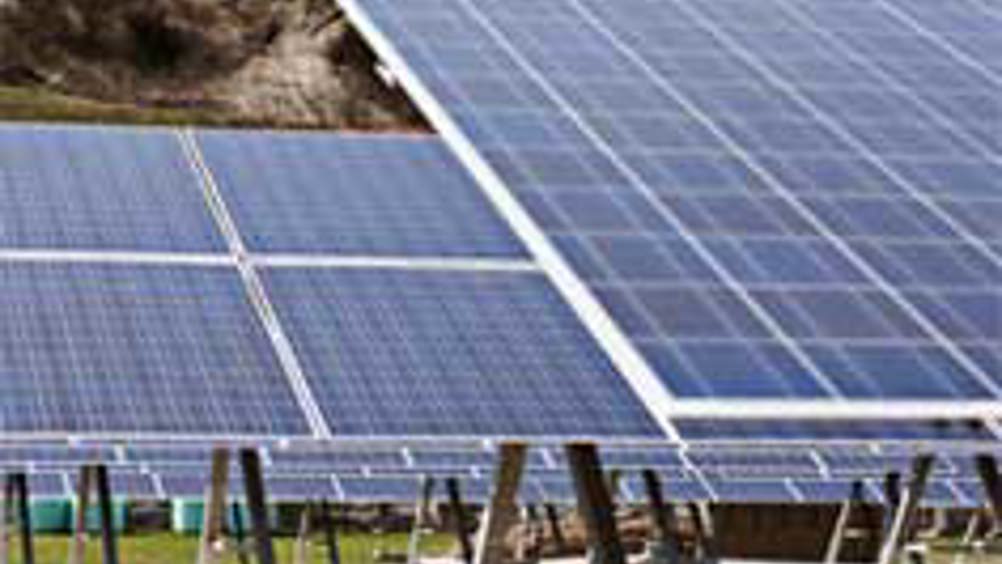Team works on virtual power plants for renewable energy
Researchers from the Southampton University have devised a novel method for forming virtual power plants to provide renewable energy production in the UK.

The university says that in the last decade, small and distributed energy resources (DERs) such as wind farms and solar panels have begun to appear in greater numbers in the electricity supply network (grid).
To ensure that energy demand is met without interruptions, the grid requires power suppliers to provide an estimate of their production and the confidence in meeting that estimate. Depending on the confidence placed on the estimates, the grid is able to choose the appropriate number of conventional generators needed to produce and supply energy whenever it is needed — the more accurate the provided estimates, and the higher the confidence placed in those estimates, the better for the grid-scheduling activities.
Although the deployment of DERs could reduce reliance on conventional power plants, their integration into the grid is reportedly problematic since the DERs, given their small size, are largely ‘invisible’ to the grid. Even if visible, the uncertainty and uncontrollability of renewable energy sources prevents individual DERs from profitably dealing with the grid directly, or participating in the wholesale electricity market because they are often unable to meet the set generation targets.
Register now to continue reading
Thanks for visiting The Engineer. You’ve now reached your monthly limit of news stories. Register for free to unlock unlimited access to all of our news coverage, as well as premium content including opinion, in-depth features and special reports.
Benefits of registering
-
In-depth insights and coverage of key emerging trends
-
Unrestricted access to special reports throughout the year
-
Daily technology news delivered straight to your inbox










UK Enters ‘Golden Age of Nuclear’
The delay (nearly 8 years) in getting approval for the Rolls-Royce SMR is most worrying. Signifies a torpid and expensive system that is quite onerous...